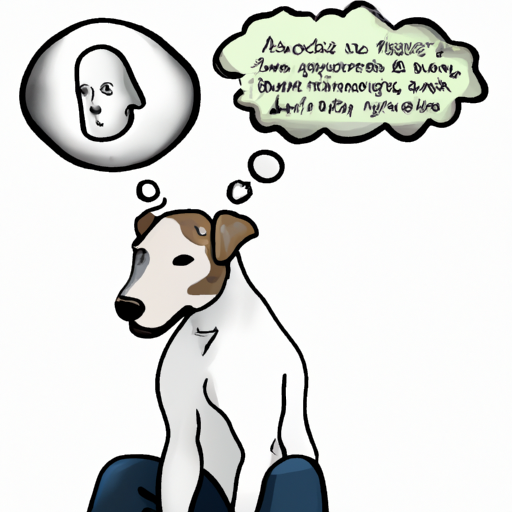As a caregiver, you’ve likely developed a profound bond with your furry friend. Understanding each other’s needs, emotions, and messages is a crucial part of this relationship. That’s why today, we’re diving deep into the intriguing world of how dogs communicate with us, their human family.
H2: Dogs and Their Non-Verbal Communication
Dogs primarily communicate with humans through body language. The positions of their ears, tail, and body can reveal a lot about their current state of mind.
- Ears: If a dog’s ears are perked up, they’re curious or interested. Folded back ears indicate fear or submission.
- Tail: A wagging tail can mean happiness, but also agitation or fear, depending on the speed and direction of the wag.
- Body: A relaxed body shows contentment, while a tense body can indicate fear, aggression, or alertness.
Use the table below to interpret your dog’s body language:
| Body Part | Position | Mood |
|---|---|---|
| Ears | Perked Up | Interest |
| Ears | Folded Back | Fear or Submission |
| Tail | Wagging | Happiness, Agitation, or Fear |
| Body | Relaxed | Contentment |
| Body | Tense | Fear, Aggression, or Alertness |
H2: Vocal Communication: More than Just Barks
While dogs can’t talk in the way humans do, they use a variety of sounds to convey different messages.
- Barking: Dogs bark to alert their pack (in this case, you) of possible danger, out of excitement, or to get your attention.
- Whining or whimpering: These sounds often indicate that a dog is hurt or anxious.
- Growling: This is a warning sign that a dog is uncomfortable or feels threatened.
H2: Scent and Marking Behavior
Dogs have an acute sense of smell, and they use it to communicate with both other dogs and humans.
- Marking: Dogs mark their territory with their scent to send a message to other dogs.
- Sniffing: By sniffing you, dogs are trying to gather information about you.
H2: Expressing Emotions
Dogs are highly emotional creatures. They can experience a range of emotions, from joy and love to fear and anxiety.
- Happiness: A wagging tail, relaxed body, and an open mouth with a lolling tongue typically indicate a happy dog.
- Fear: A scared dog may cower, tuck their tail, or show the whites of their eyes.
H2: Understanding Your Dog’s Communication
Understanding your dog’s communication style is a journey, and it requires patience and attentiveness. However, it’s an invaluable skill that will significantly enhance your bond with your dog.
Frequently Asked Questions
Q: How can I tell if my dog is anxious?
A: Your dog might whine, shake, or try to hide if they’re anxious.
Q: What does it mean when my dog stares at me?
A: Dogs stare at their human caregivers for a variety of reasons—it can be a sign of affection, a request for something, or they might be trying to figure out your mood.
Q: Why does my dog sniff me when I get home?
A: Dogs sniff their humans to gather information about where they’ve been and what they’ve been doing.
Remember, every dog is unique. Their communication style will depend on their personality, breed, and experiences. Always observe and respect their signals.



